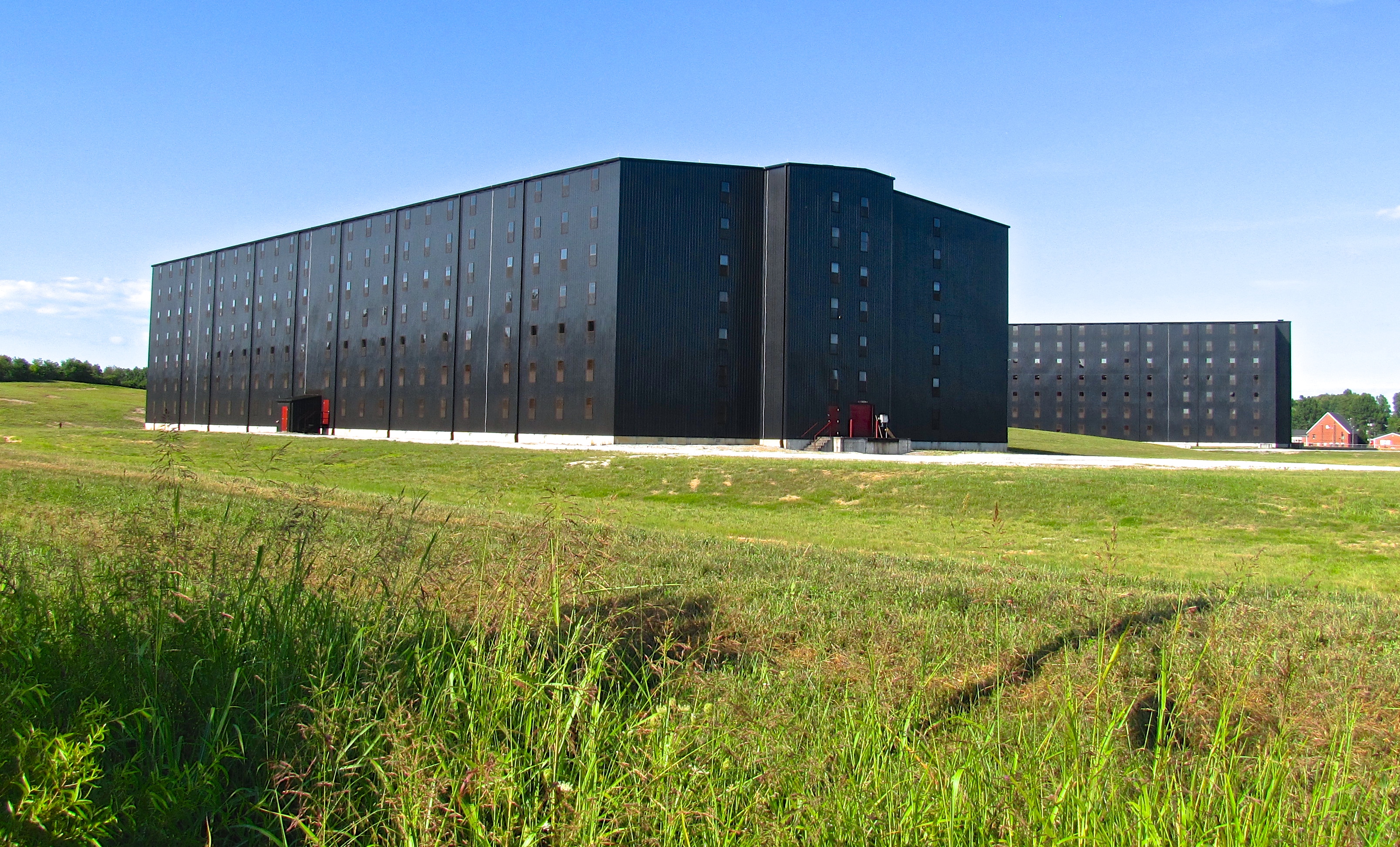

By Asmita - Aug 10, 2025
Kentucky bourbon experienced a significant boom in the early 2000s due to a resurgence in American whiskey appreciation. However, factors like oversupply, changing consumer tastes, economic uncertainty, and trade tensions have led to a bust in the market. This has strained many distilleries financially, with major companies adjusting strategies and smaller craft distillers facing existential threats. The industry, known for its resilience, must focus on quality and adapt to changing markets to recover and grow in the future.

Brian Stansberry via Wikimedia
LATEST
Kentucky bourbon experienced a remarkable boom starting in the early 2000s, driven largely by a renaissance in American whiskey appreciation. Millennials gravitated away from vodka and rum, favoring traditionally aged bourbon in cocktails like Old Fashioneds and Manhattans. Premium and small-batch bourbons gained popularity both in the U.S. and international markets, fueling rapid growth. Distilleries expanded production capacity aggressively, increasing warehouse space and bringing new brands to market. By the mid-2010s, bourbon production soared to nearly two million barrels a year, with economic impact extending beyond distilleries to grain farming and distribution sectors.
However, the boom set the stage for a later bust as several factors emerged. Bourbon’s required aging process—often six years or more—means supply is built up long before sales catch up. With demand slowing in recent years, warehouses filled with aging barrels that were costly to maintain but harder to sell. Changing consumer tastes, notably among younger drinkers, also played a role as some shifted interest away from bourbon to other spirits. Economic uncertainty, including inflation and post-pandemic challenges, further dampened demand. Additionally, trade tensions and tariffs hurt export opportunities, which had been a significant part of bourbon’s growth story.
The oversupply and reduced demand created a glut in the market, pressuring prices on mid-tier bourbons and straining many distilleries financially. Major companies like Jim Beam and Maker’s Mark have adjusted strategies, but smaller craft distillers, who often expanded rapidly during the boom, faced existential threats. Some distilleries have paused production or downsized their workforce, and Kentucky industry insiders report layoffs and operational slowdowns occurring across the board. This contraction marks a significant cooling after more than a decade of expansion.
Historically, Kentucky bourbon has weathered similar boom-and-bust cycles over its 200-year history, including challenges posed by Prohibition and competition from other spirits in the late 20th century. While the current bust involves modern factors like global trade and evolving consumer preferences, the industry’s legacy of resilience and innovation remains crucial. Continued focus on quality, diversification, and adapting to changing markets will be key for the future of bourbon, as the state’s distilleries seek to recover from the recent downturn and position themselves for renewed growth.